I tried an IDEO class and I liked it.
Pros for IDEO’s Design Process
- The methodology has a clear progression with enough flexibility to adjust to the needs of the problem you are working on.
- The IDEO brand is likely to be recognized and respected when you push your clients, teams, or classmates to use it
- The process focuses on finding the solution from the people you are working to solve a problem for. It’s less prescriptive and more iterative.
Cons
- I am still thinking about what the cons are… right now there is an echo chamber in design and Design Thinking and the big mics of the community are talking about Design Thinking a lot.
A Reflection on Design Kit: IDEO’s Course for Human-Centered
This past week I finished up an class from IDEO and Acumen called Design Kit: The Course for Human-Centered Design. I took the class with, what were at the time, three strangers. The class was to take about six weeks and would allow us to go through the IDEO design process end-to-end, and if we finished on-time we would receive a certificate.
“Our conversations, insights and experience of the process all grew richer for the extra investment of time”
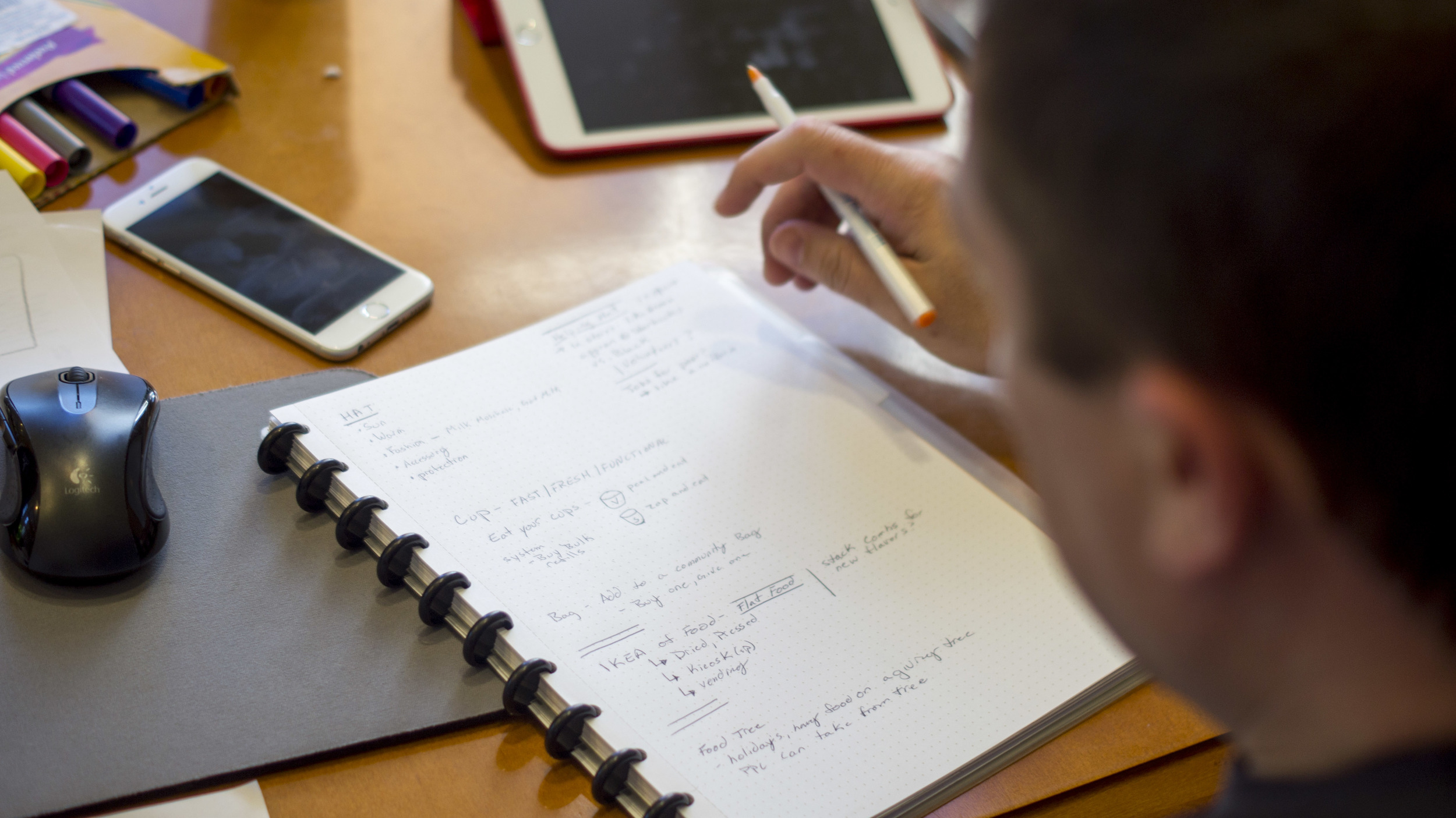

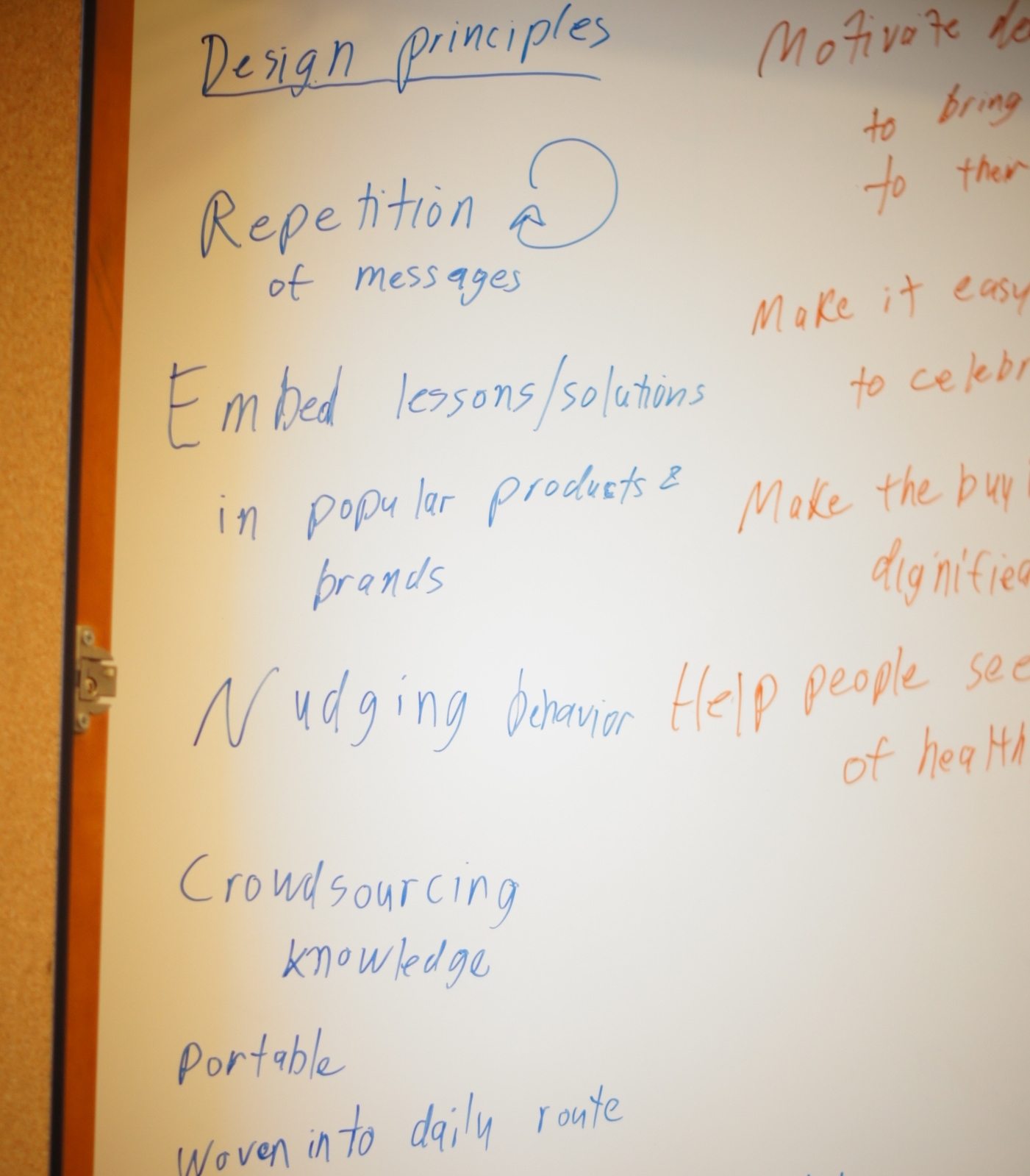

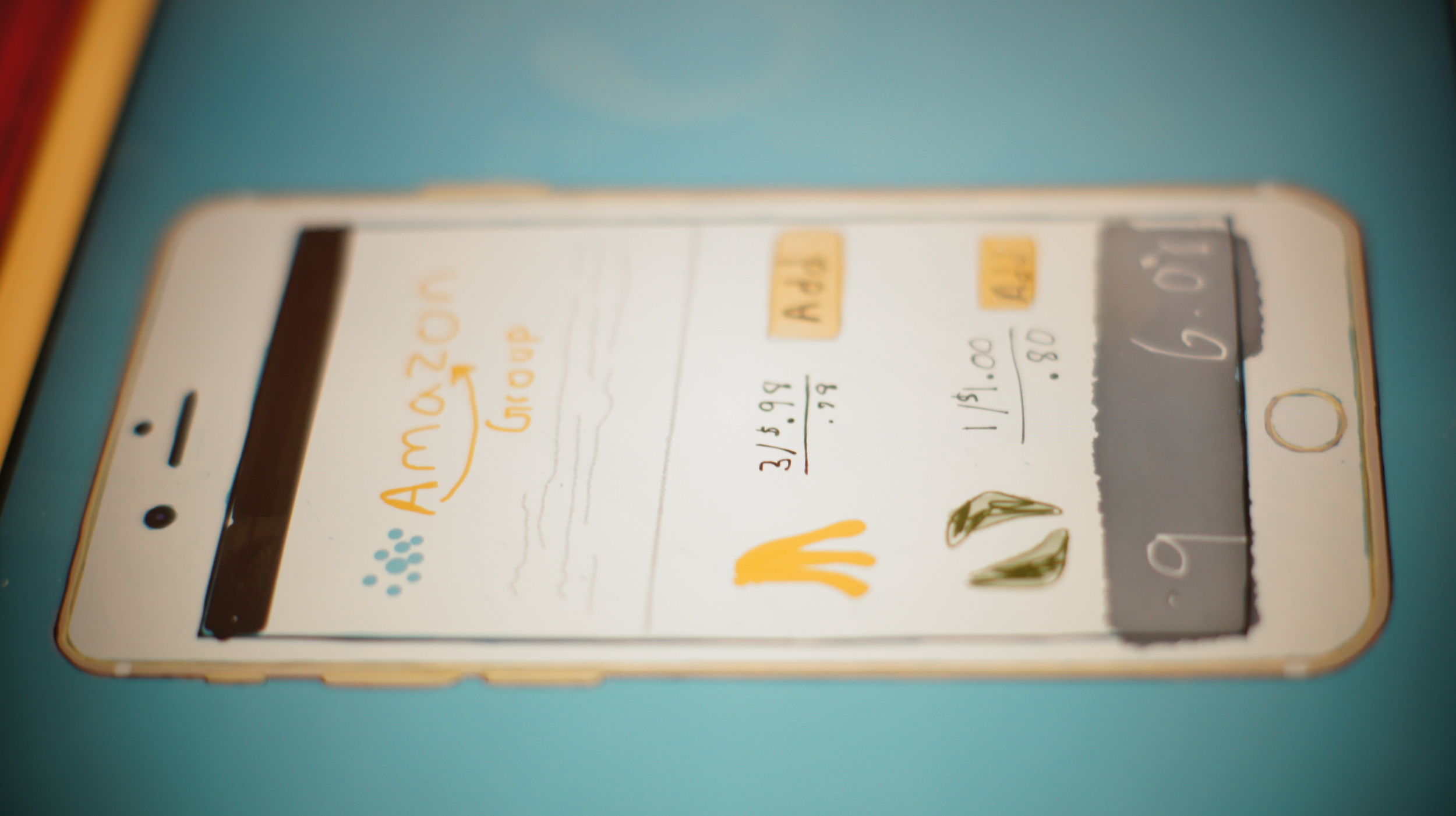
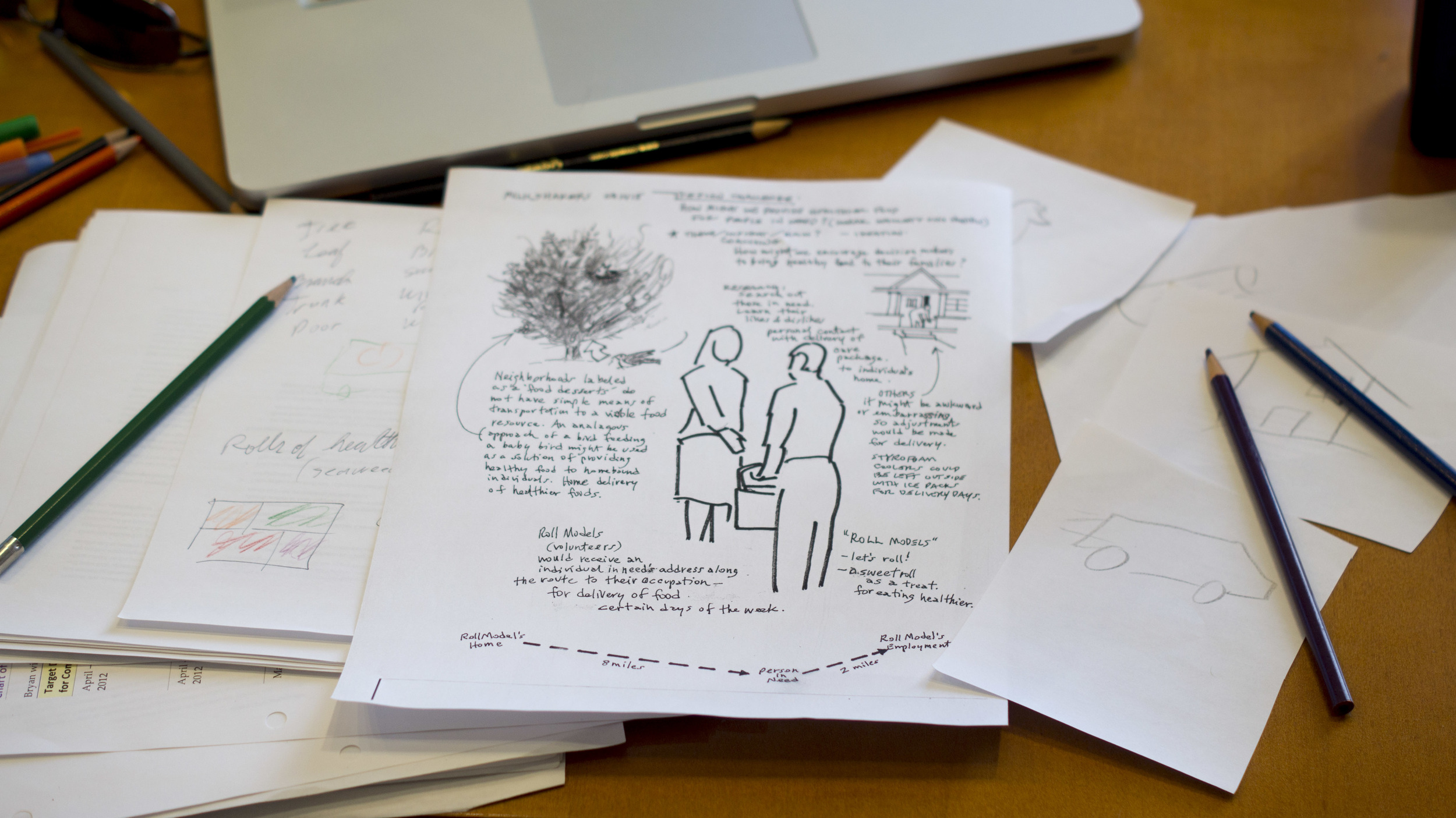
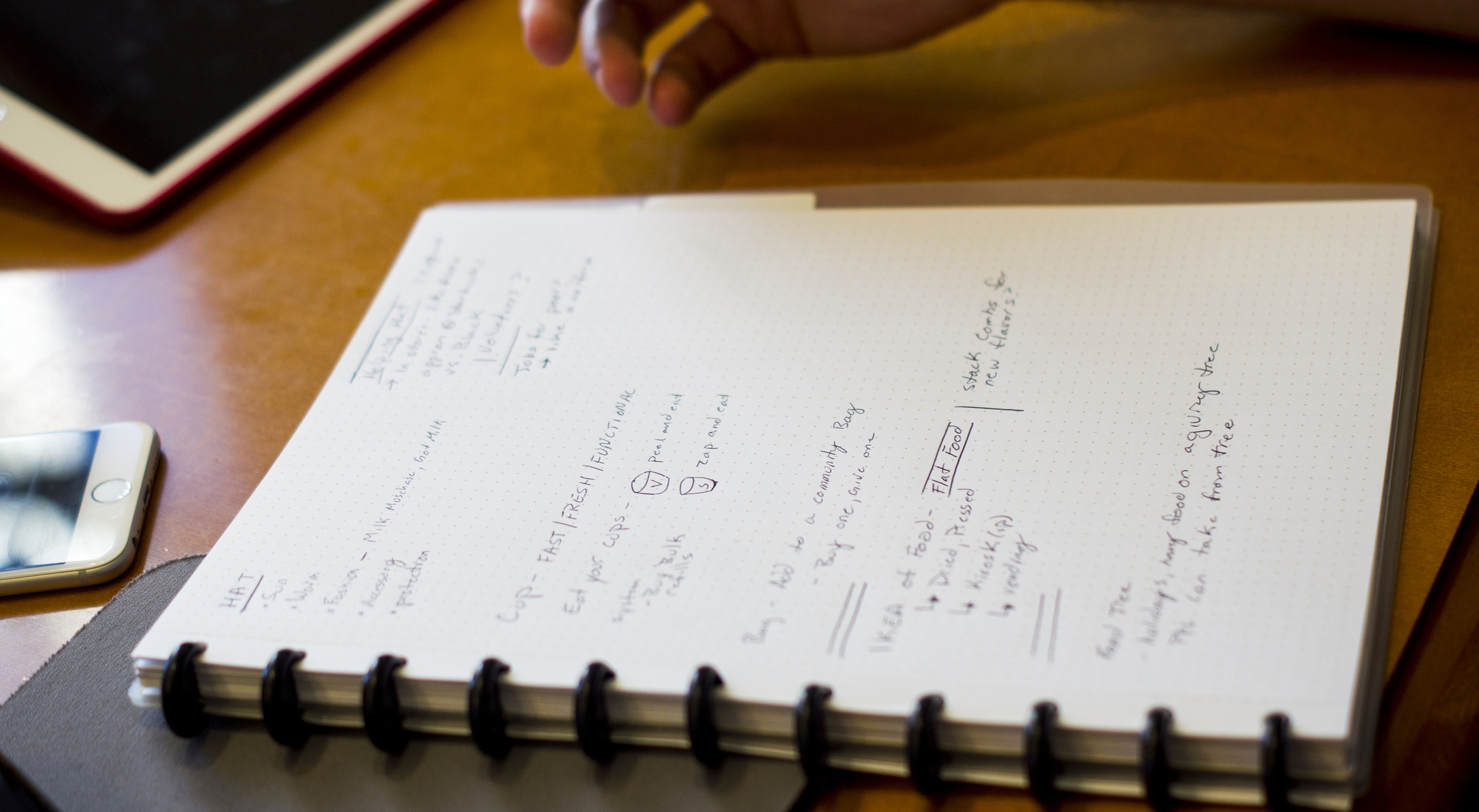


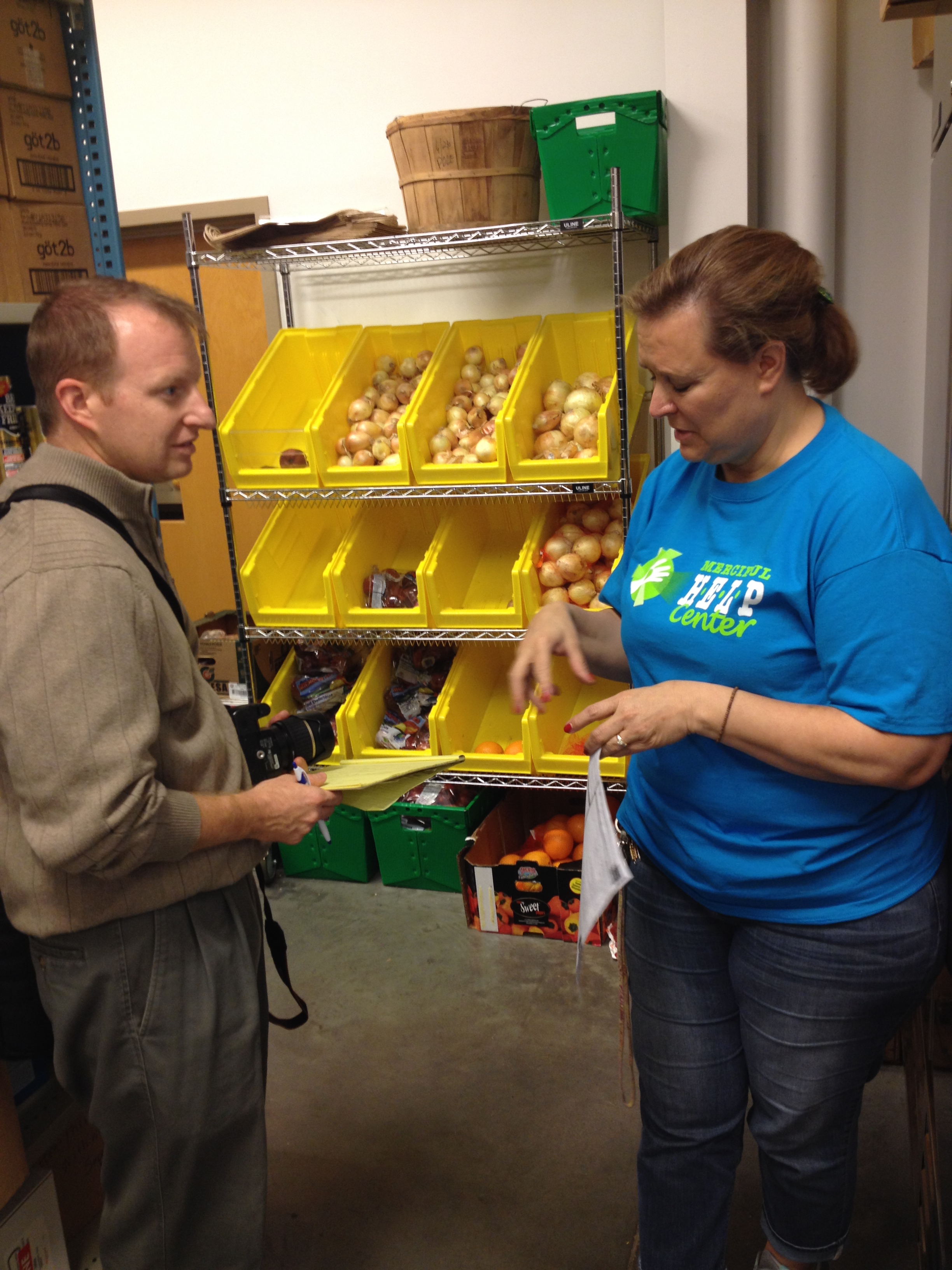
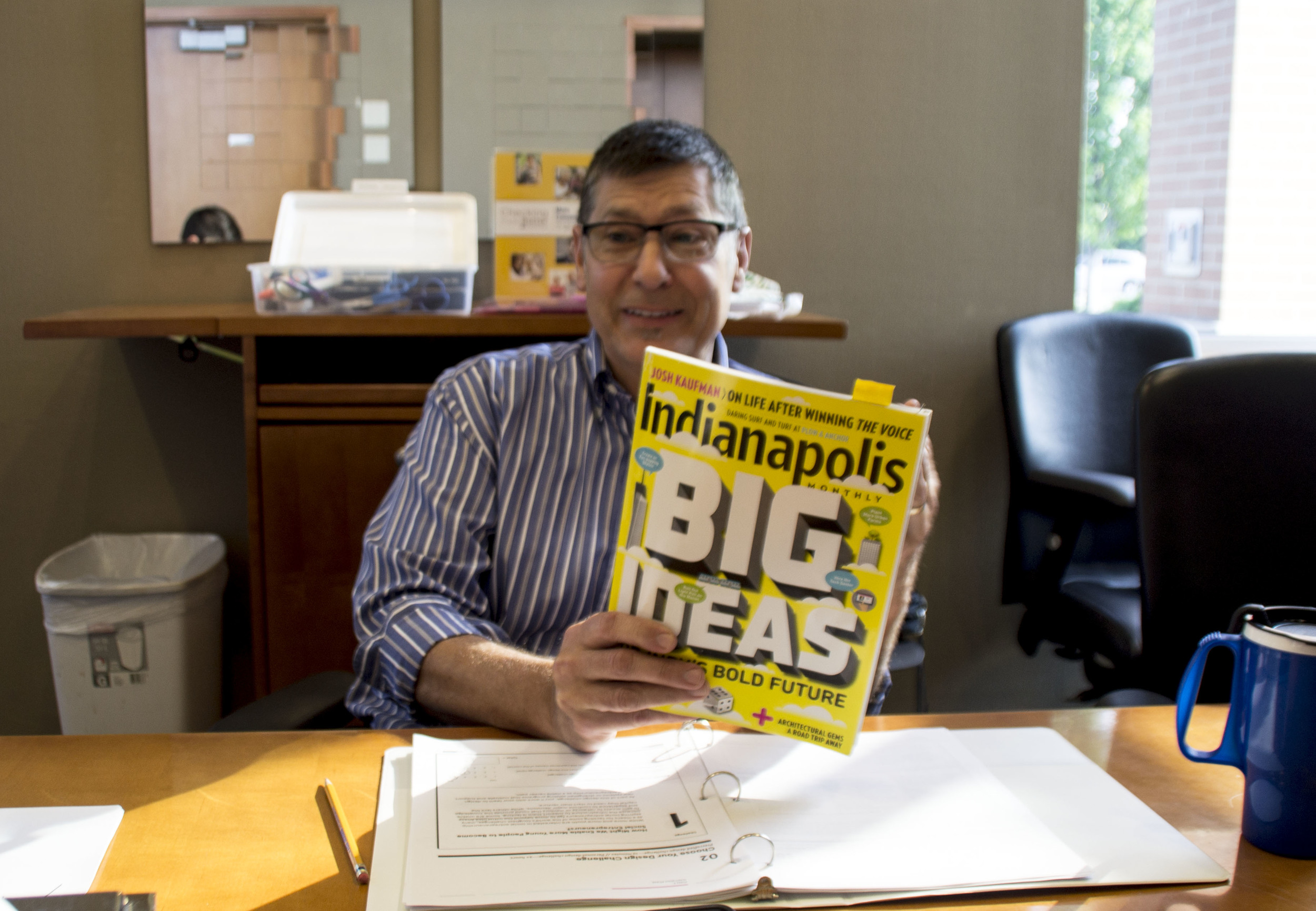
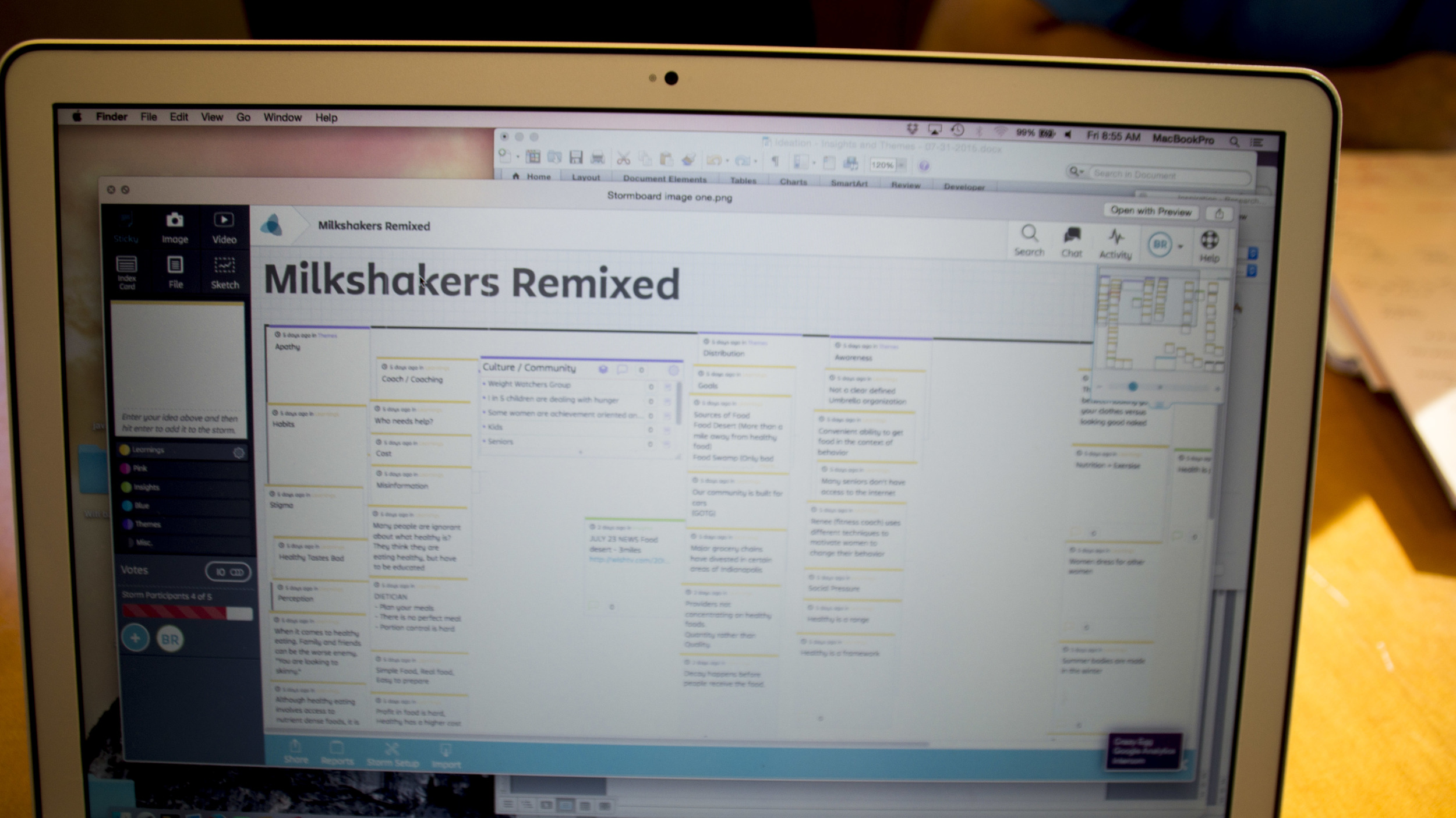

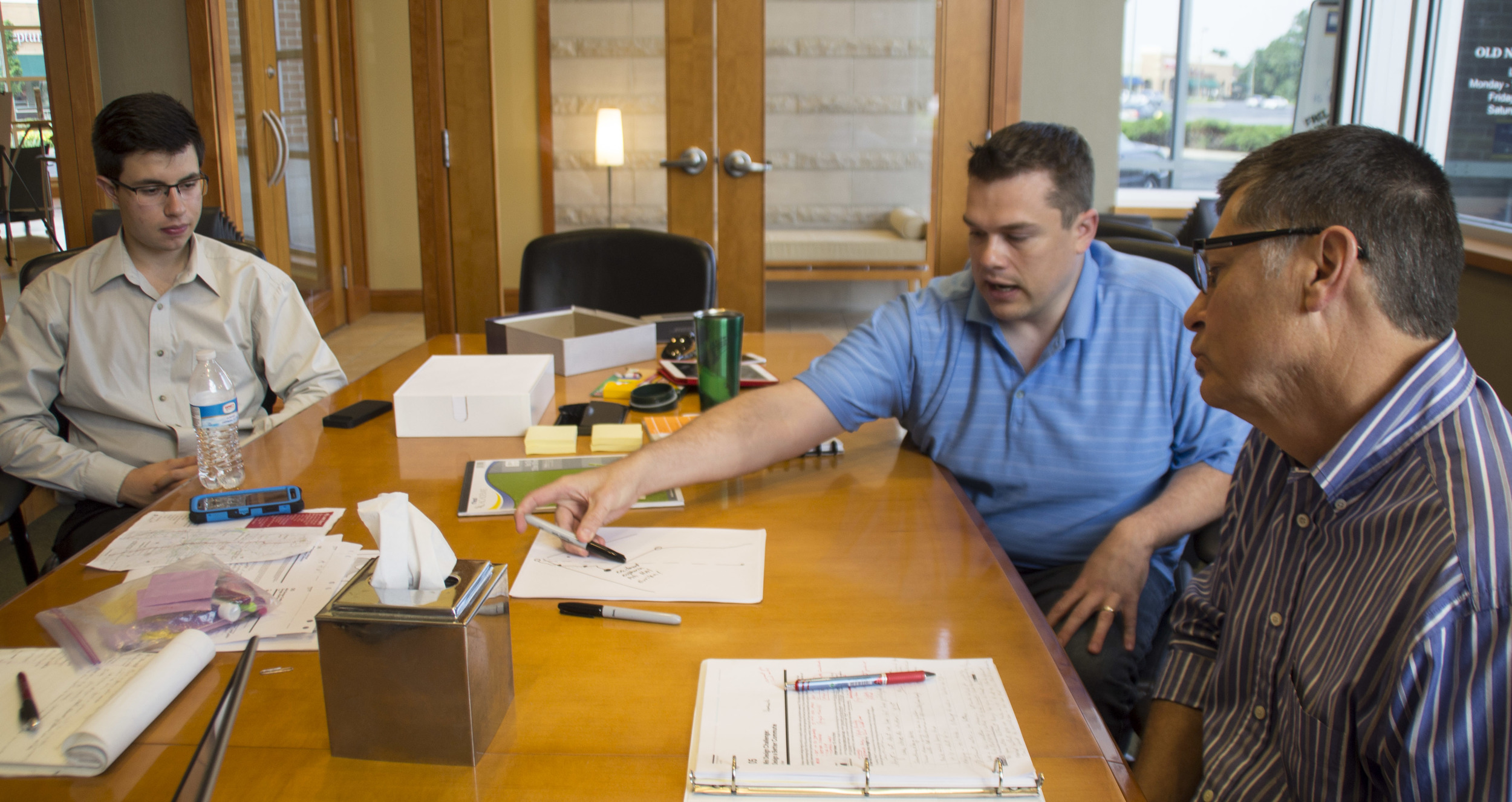
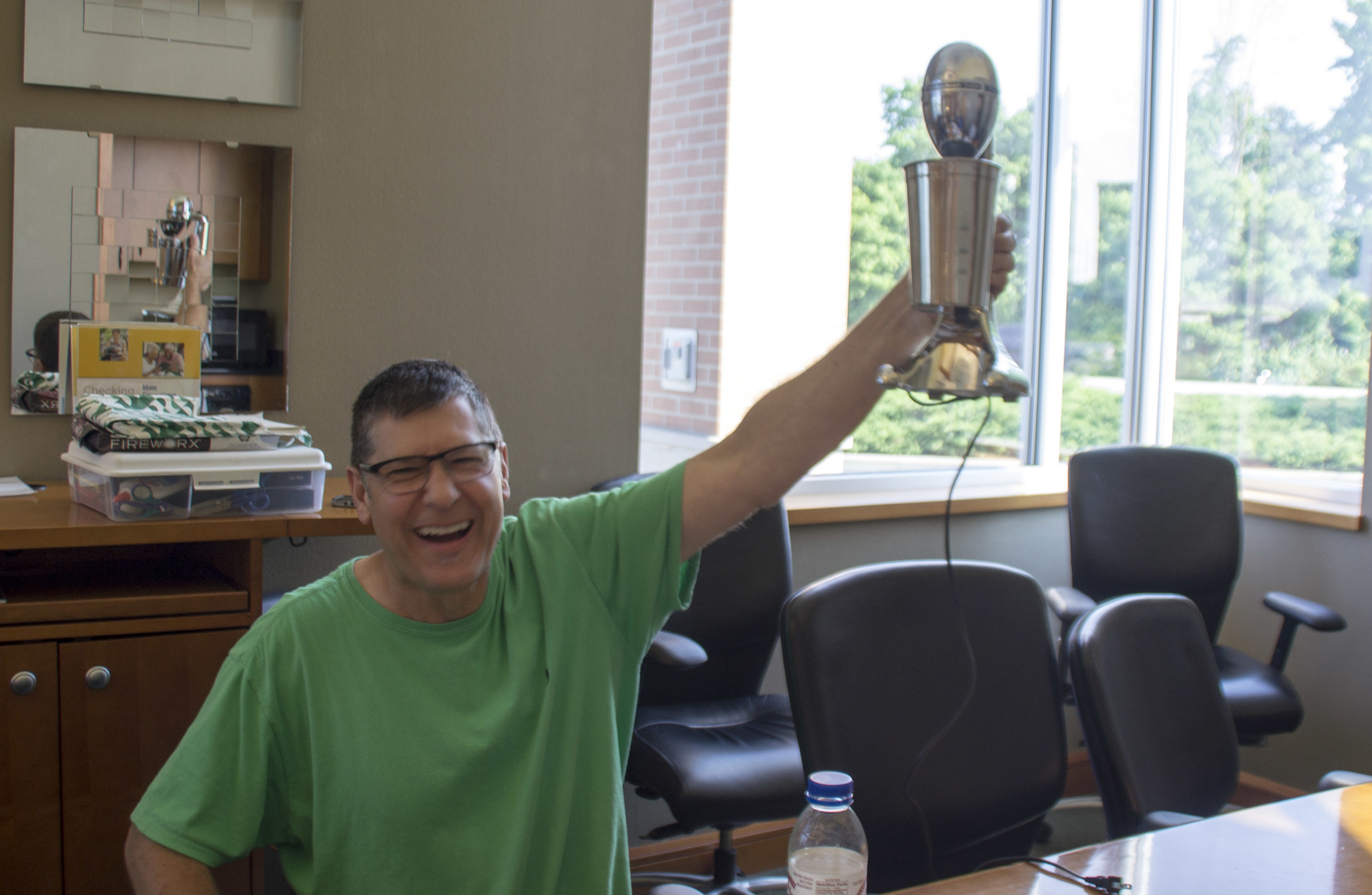
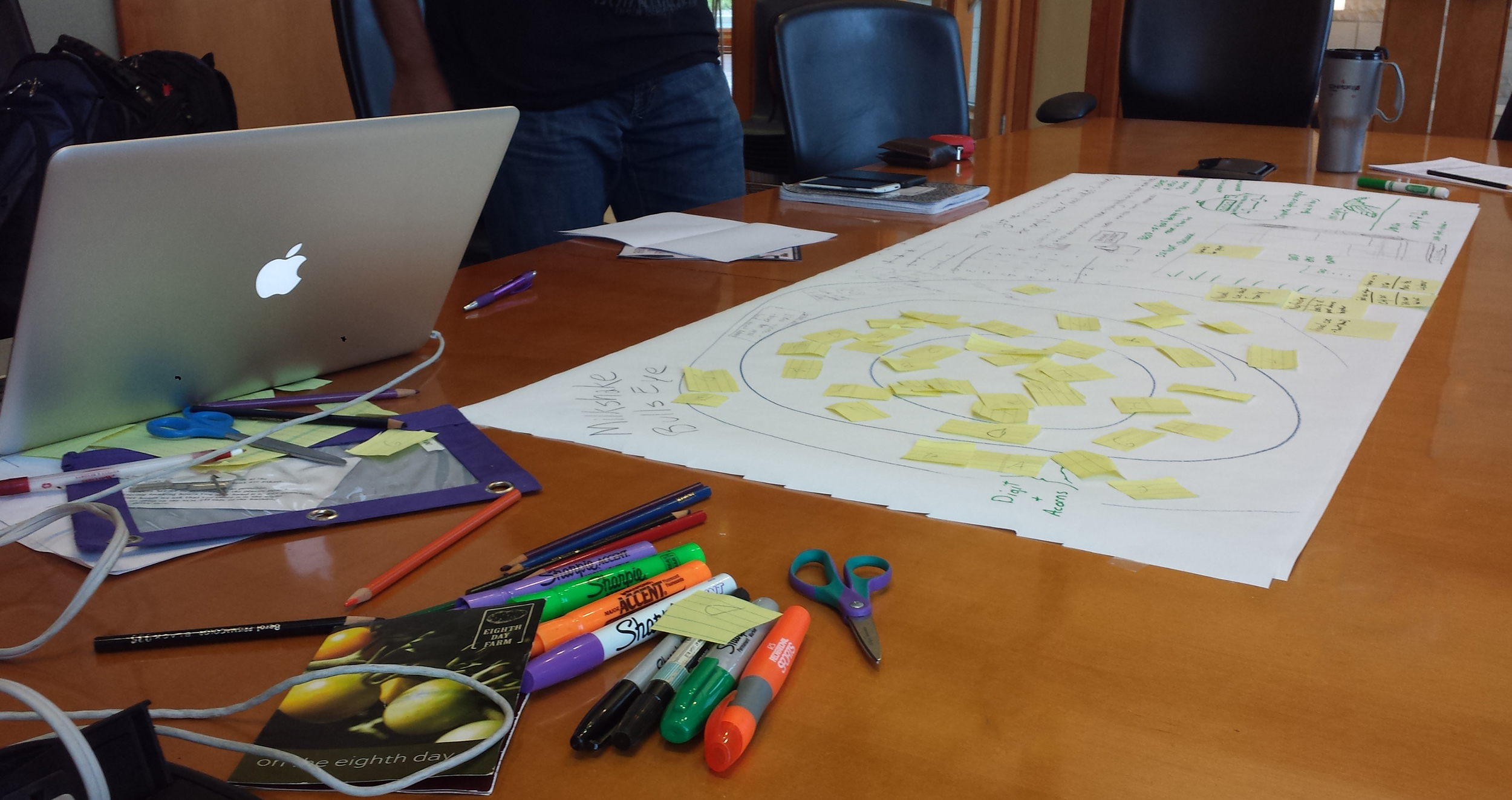
I had two goals with the class
- to experience a design process freed from a corporate timeline, budget or statement of work. I wanted to try something “pure”
- to meet new, smart people in the area that shared an interest or passion around design*
A Quick Timeline: Why Four Months Was Right For Us
We ended up starting the class a couple weeks late, then ran into the gauntlet of summer schedules and a nasty rash of summer colds. The prescribed timeframe for the class was abandoned and, collectively, we decided to keep going with the class until we achieved what we were looking for.
I am extremely thankful that we decided to continue the class well past the mid-July end date as our conversations, insights and experience of the process all grew richer for the extra investment of time. What had started as a group of strangers, to me, quickly turned into a meeting that I looked forward to each week, arriving early and lingering at the finish.
We immersed ourselves in the process, trying many activities and methods and resisted impulses to move to the next step too soon. By doing this, the time spent in the various phases (Inspiration, Ideation and Prototyping and Implementation) were meaningful and will act as a foundational experience when we take this process into professional settings.
Take aways
If you are interested in a class like this, finding other students is invaluable. I am not sure that I would have continued as long without the social contract of my classmates.
Another lesson I learned with this class is that the journey is what you are their to experience. I have been working in the corporate world for so long the itch to produce, or produce faster was a constant nag. I worked hard to let it go. If you are a seasoned professional, knowing this going in might help you.
I learned a lot about my class mates by shutting up and listening. No surprise here, but is was an fantastic to hear other ideas and processes and to see and understand how different professionals approach problem solving. This class and these classmates have reinforced my belief that multi-disciplinary teams are more likely to come up with innovative process and solutions.
Additional Thoughts
While taking the class I was reading a couple books, the first was The Design of Business: Why Design Thinking is the Next Competitive Advantage by Roger Martin and I'd highly recommend this book. It took me a couple days and was a fun read. Lots I wish I had thought about or known when I was in a previous role as a design manager with a leader that didn't total get or trust design.
The other book that I was reading (and finally finished) was Thinking Fast and Slow by Daniel Kahnman. This book was great, though it took me as shamefully long time to finish. I found a flight slip that dated back to 2013…
Working on our How Might We statement, Bernie leads the conversation
A natural and thoughtful leader, Bryan guides the group through the Design Thinking process.
Michael's tireless field work helped us stay connected to experts and new information.
This "Target" exercise helped the team focus and prioritize out ideas.
Useful Tools
- Post It Notes, Pens, Paper, Whiteboards
- Smartphones, iPad, Laptops
- Paper by 53, Pencil by 54
- Keynote
- Google Docs, Google Drive
- Basecamp / basecomp.com
- Stormboard / stormboard.com
I think that both of these books would increase the value of a Design Thinking course. They bring complementary thoughts to the class.
*To clarify, how something looks is part of design to me, but not the definition. How something works, how it makes you feel and the thoughtfulness of the design given constraints for use outside of your pitch-deck, computer model or other protected environment is what I would consider “Design”. Designers have lots of titles, skills and sometimes aren’t aware they are designers.






